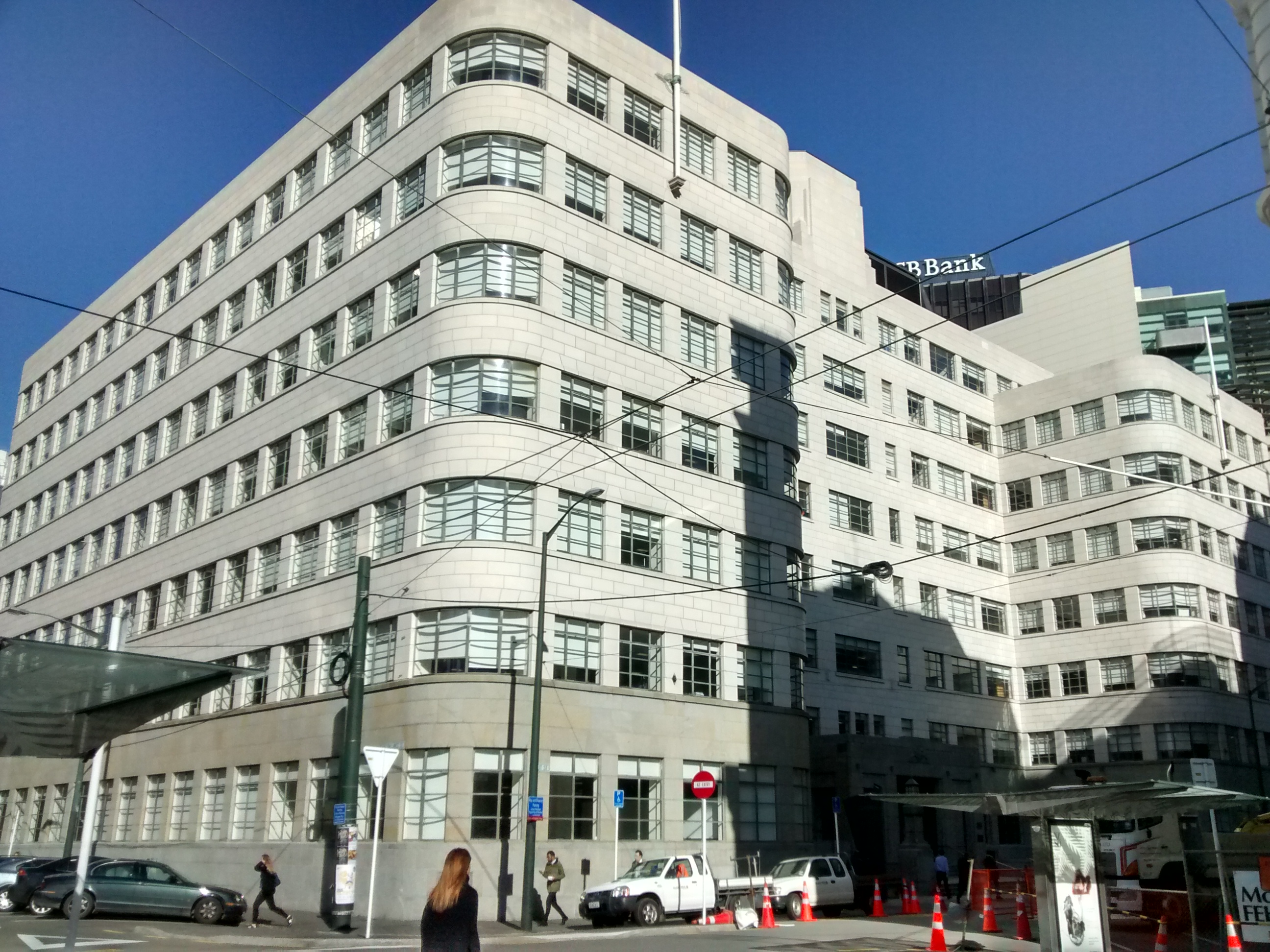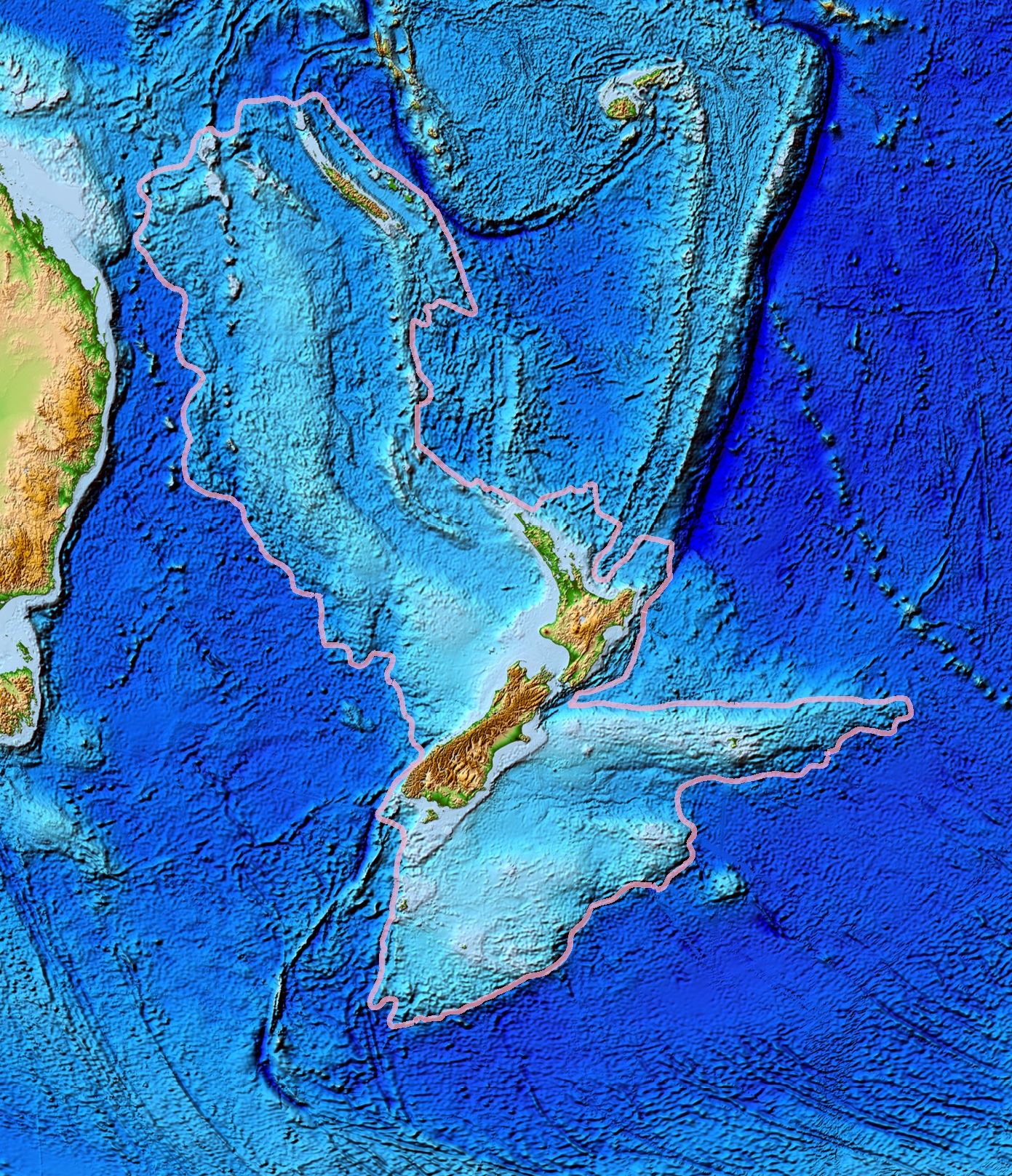|
Maari Oilfield
The Maari oilfield is an oil reservoir located off the coast of South Taranaki, New Zealand. Maari is the second largest crude oil field in New Zealand with total reserves of . Production of oil began in February 2009, and the field is expected to have a productive life of 10 to 15 years. The lead partner for the field is OMV New Zealand (69%), with other parties Horizon Oil (26%) and Cue Taranaki (5%). See also * Energy in New Zealand * Oil and gas industry in New Zealand The oil and gas industry in New Zealand explores and develops oil and gas fields, and produces and distributes petroleum products and natural gas. In 2018, New Zealand's self-sufficiency in oil (mmbls production divided by consumption) was 17%, i ... References {{Oceanic features of Zealandia, state=collapsed Zealandia Geography of Taranaki Geography of the New Zealand seabed Oil fields of New Zealand ... [...More Info...] [...Related Items...] OR: [Wikipedia] [Google] [Baidu] |
New Zealand
New Zealand ( mi, Aotearoa ) is an island country in the southwestern Pacific Ocean. It consists of two main landmasses—the North Island () and the South Island ()—and over 700 smaller islands. It is the sixth-largest island country by area, covering . New Zealand is about east of Australia across the Tasman Sea and south of the islands of New Caledonia, Fiji, and Tonga. The country's varied topography and sharp mountain peaks, including the Southern Alps, owe much to tectonic uplift and volcanic eruptions. New Zealand's capital city is Wellington, and its most populous city is Auckland. The islands of New Zealand were the last large habitable land to be settled by humans. Between about 1280 and 1350, Polynesians began to settle in the islands and then developed a distinctive Māori culture. In 1642, the Dutch explorer Abel Tasman became the first European to sight and record New Zealand. In 1840, representatives of the United Kingdom and Māori chiefs ... [...More Info...] [...Related Items...] OR: [Wikipedia] [Google] [Baidu] |
Taranaki Region
Taranaki is a region in the west of New Zealand's North Island. It is named after its main geographical feature, the stratovolcano of Mount Taranaki, also known as Mount Egmont. The main centre is the city of New Plymouth. The New Plymouth District is home to more than 65 per cent of the population of Taranaki. New Plymouth is in North Taranaki along with Inglewood and Waitara. South Taranaki towns include Hāwera, Stratford, Eltham, and Ōpunake. Since 2005, Taranaki has used the promotional brand "Like no other". Geography Taranaki is on the west coast of the North Island, surrounding the volcanic peak of Mount Taranaki. The region covers an area of 7258 km2. Its large bays north-west and south-west of Cape Egmont are North Taranaki Bight and South Taranaki Bight. Mount Taranaki is the second highest mountain in the North Island, and the dominant geographical feature of the region. A Māori legend says that Mount Taranaki previously lived with the Tongariro, Ngaur ... [...More Info...] [...Related Items...] OR: [Wikipedia] [Google] [Baidu] |
Ministry Of Business, Innovation And Employment
The Ministry of Business, Innovation and Employment (MBIE; mi, Hīkina Whakatutuki) is the public service department of New Zealand charged with "delivering policy, services, advice and regulation" which contribute to New Zealand's economic productivity and business growth. History Formed on 1 July 2012, MBIE is a merger of the Department of Building and Housing (DBH), the Department of Labour (DoL), the Ministry of Economic Development (MED), and the Ministry of Science and Innovation (MSI). In October 2018, the newly created Ministry of Housing and Urban Development (HUD) assumed several of MBIE's housing and social policy, funding and regulatory functions including the KiwiBuild programme, the Community Housing Regulatory Authority, and administration of funding for the HomeStart, Welcome Home Loans, the legacy Social Housing Fund and Community Group Housing programmes. On 14 July 2020, the Ministry assumed responsibility for running the New Zealand Government's COVI ... [...More Info...] [...Related Items...] OR: [Wikipedia] [Google] [Baidu] |
National Business Review in 2012.
The publication's website has a paywall model, where businesses and individual subscribers pay to access certain content. As of June 2016, the ''NBR'' had more than 4000 payin ...
The ''National Business Review'' (or ''NBR'') is a New Zealand online news publication aimed at the business sector. It has journalists based in Auckland and Wellington. History The ''NBR'' was founded in 1970 by then-23 year old publisher Henry Newrick. Initially published as a fortnightly tabloid-format newspaper, it was briefly published as a daily newspaper from 1987 to 1991. New Zealand businessman Barry Colman was the ''NBR's'' publisher for 24 years, after buying it from John Fairfax & Sons in 1988. He sold it to Todd Scott Todd Scott is the owner and publisher of ''National Business Review'', alongside his wife, Jackie Scott. Biography After leaving school early, he trained as a butcher, and in 1989 was named New Zealand young butcher of the year. [...More Info...] [...Related Items...] OR: [Wikipedia] [Google] [Baidu] |
Energy In New Zealand
Despite abundant natural resources and a relatively small population, New Zealand is a net importer of energy, in the form of petroleum products. The ratio of non-renewable and renewable energy sources was fairly consistent from 1975 to 2008, with about 70 percent of primary energy supply coming from hydrocarbon fuels. This ratio decreased to about 60 percent in 2018. The proportion of non-renewable energy varies annually, depending on water flows into hydro-electricity lakes and demand for energy. In 2018, approximately 60% of primary energy was from non-renewable hydrocarbon fuels and 40% was from renewable sources. In 2007 energy consumption per capita was 120 gigajoules. Per capita energy consumption had increased 8 per cent since 1998. New Zealand uses more energy per capita than 17 of 30 OECD countries. New Zealand is one of 13 OECD countries that does not operate nuclear power stations. From 1994 to 2018, the energy intensity of the economy per unit of GDP declined by 33 ... [...More Info...] [...Related Items...] OR: [Wikipedia] [Google] [Baidu] |
Oil And Gas Industry In New Zealand
The oil and gas industry in New Zealand explores and develops oil and gas fields, and produces and distributes petroleum products and natural gas. In 2018, New Zealand's self-sufficiency in oil (mmbls production divided by consumption) was 17%, i.e. the country imports its petroleum product needs. All local oil production is exported as the New Zealand refinery is not suited to processing it. In 2018, 60 petajoules of crude were produced in New Zealand, 380 PJ of petroleum products imported (most of it crude), and 283 PJ consumed. The difference is exported or used for international travel (aviation fuel and similar). Oil and gas are produced from 21 petroleum licenses / permits, all in the Taranaki basin. The most important fields are Kapuni, Maui, Pohokura and Kupe. Exploration for oil and gas reserves includes the Great South Basin and offshore areas near Canterbury and Gisborne. New Zealand had one oil refinery, the Marsden Point Oil Refinery, but its refining capability wa ... [...More Info...] [...Related Items...] OR: [Wikipedia] [Google] [Baidu] |
Zealandia
Zealandia (pronounced ), also known as (Māori) or Tasmantis, is an almost entirely submerged mass of continental crust that subsided after breaking away from Gondwanaland 83–79 million years ago.Gurnis, M., Hall, C.E., and Lavier, L.L., 2004, Evolving force balance during incipient subduction: Geochemistry, Geophysics, Geosystems, v. 5, Q07001, https://doi.org/10.01029/02003GC000681 It has been described variously as a submerged continent, a continental fragment (or microcontinent), and a continent. The name and concept for Zealandia was proposed by Bruce Luyendyk in 1995, and satellite imagery shows it to be almost the size of Australia. A 2021 study suggests Zealandia is 1 billion years old, about twice as old as geologists previously thought. By approximately 23 million years ago the landmass may have been completely submerged. Today, most of the landmass (94%) remains submerged beneath the Pacific Ocean. New Zealand is the largest part of Zealandia that is above sea ... [...More Info...] [...Related Items...] OR: [Wikipedia] [Google] [Baidu] |
Geography Of Taranaki
Geography (from Greek: , ''geographia''. Combination of Greek words ‘Geo’ (The Earth) and ‘Graphien’ (to describe), literally "earth description") is a field of science devoted to the study of the lands, features, inhabitants, and phenomena of Earth. The first recorded use of the word γεωγραφία was as a title of a book by Greek scholar Eratosthenes (276–194 BC). Geography is an all-encompassing discipline that seeks an understanding of Earth and its human and natural complexities—not merely where objects are, but also how they have changed and come to be. While geography is specific to Earth, many concepts can be applied more broadly to other celestial bodies in the field of planetary science. One such concept, the first law of geography, proposed by Waldo Tobler, is "everything is related to everything else, but near things are more related than distant things." Geography has been called "the world discipline" and "the bridge between the human and ... [...More Info...] [...Related Items...] OR: [Wikipedia] [Google] [Baidu] |
Geography Of The New Zealand Seabed
Geography (from Greek: , ''geographia''. Combination of Greek words ‘Geo’ (The Earth) and ‘Graphien’ (to describe), literally "earth description") is a field of science devoted to the study of the lands, features, inhabitants, and phenomena of Earth. The first recorded use of the word γεωγραφία was as a title of a book by Greek scholar Eratosthenes (276–194 BC). Geography is an all-encompassing discipline that seeks an understanding of Earth and its human and natural complexities—not merely where objects are, but also how they have changed and come to be. While geography is specific to Earth, many concepts can be applied more broadly to other celestial bodies in the field of planetary science. One such concept, the first law of geography, proposed by Waldo Tobler, is "everything is related to everything else, but near things are more related than distant things." Geography has been called "the world discipline" and "the bridge between the human and th ... [...More Info...] [...Related Items...] OR: [Wikipedia] [Google] [Baidu] |




